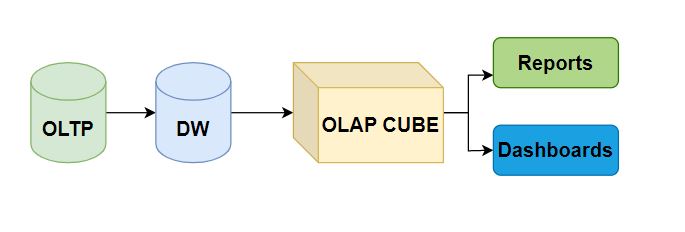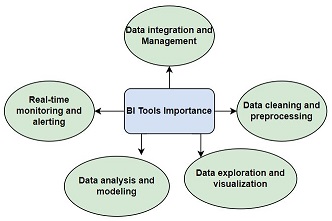Data is a valuable asset for any organization, as it contains crucial information related to the business and its customers. However, processing large volumes of data manually can be time-consuming and impractical. With the increasing volume of data generated each day, it is necessary to find efficient ways to analyze and visualize this data.
Here we have discussed about some important python library that helps to analyze and visualize data effectively and efficiently.
import required python library for analysis and visualization.
NumPy (as np): a library for scientific computing that provides support for arrays and mathematical functions.
Pandas (as pd): a library for data manipulation and analysis that provides support for data structures such as Series and DataFrame
Matplotlib.pyplot (as plt): a plotting library that provides a variety of 2D and 3D plotting options for visualizing data
SciPy.stats: a library for scientific computing that provides support for statistical functions and distributions.
Seaborn (as sns): a library for data visualization based on Matplotlib that provides a high-level interface for creating informative and attractive statistical graphics
%matplotlib inline, is a Jupyter Notebook magic command that enables the display of Matplotlib plots directly in the notebook.
Load the data which are in CSV Format.
Data preparation is an important step in the data analysis process, as it involves cleaning and transforming the data so that it is suitable for analysis. There are several techniques used to preprocess the data. Some of the common techniques used for data preprocessing are:
Dropping irrelevant features: This involves removing the columns from the dataset which do not have any relevance for the analysis or modeling.
Handling missing values: Missing values can be handled by identifying them and then either removing them or filling them using various techniques like mean, median, mode, or interpolation.
Handling outliers: Outliers can be handled by either removing them or treating them using various techniques like trimming or replacing with the nearest valid value.
A univariate function is a type of function that helps to plot graphs based on specific parameters. The function is often used in data analysis to visualize data and gain insights into the underlying patterns.
In the case of the univariate function, the parameters are as follows:
- df: This is the name of the dataframe that contains the data that we want to plot.
- col: This is the name of the column that we want to plot.
- vartype: This parameter specifies the type of variable that we are plotting. If the variable is continuous, we can plot a distribution, violin plot, or box plot. If the variable is categorical, we can plot a count plot.
- hue: This parameter is only applicable for categorical analysis. It allows us to plot the graph for different categories within the same plot.
Exploratory Analysis of Loan Dataset using python | by Ramesh Banjade | Medium




Good post. I learn something totally new and challenging on blogs I stumbleupon on a daily basis. Its always useful to read content from other authors and practice something from their websites.